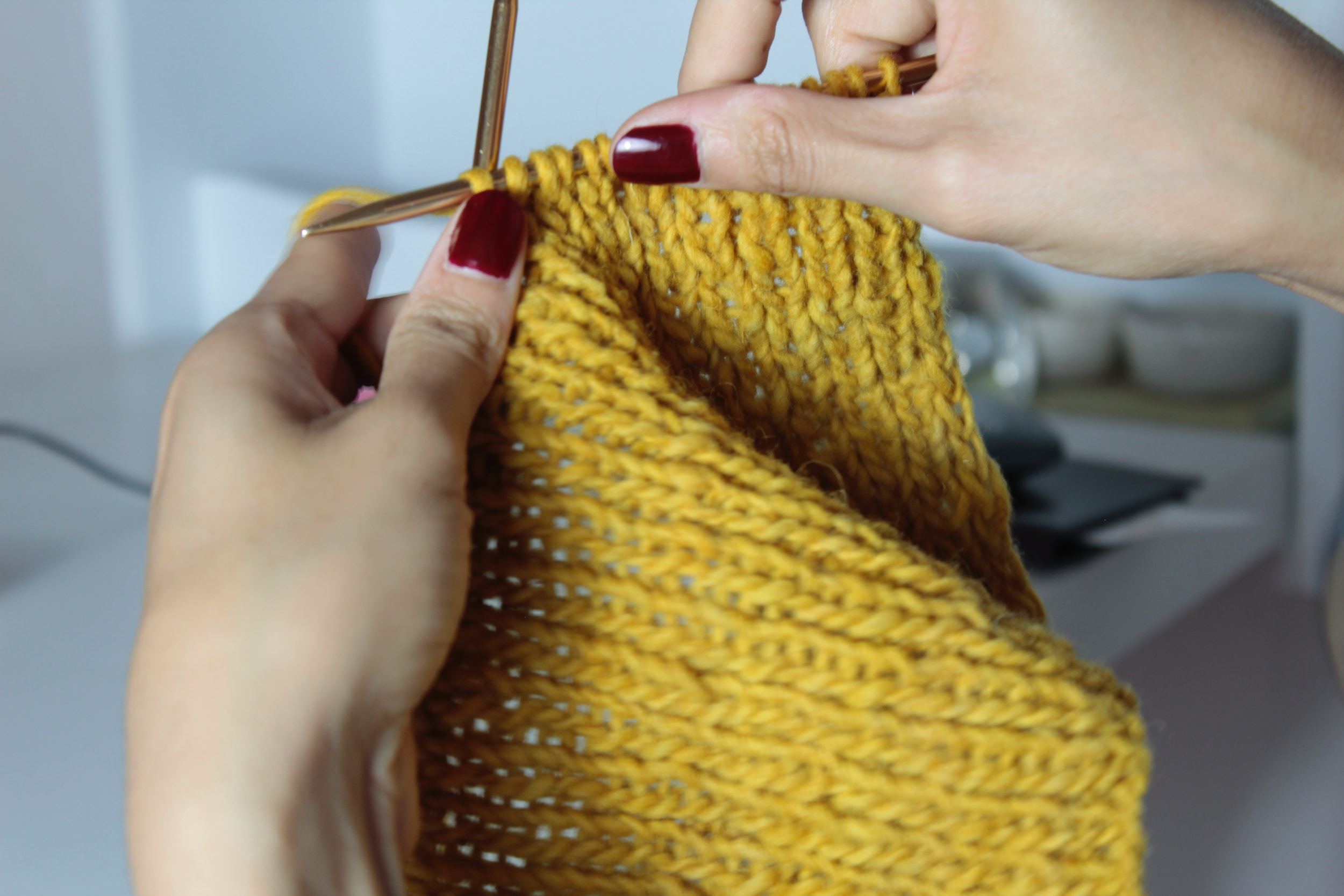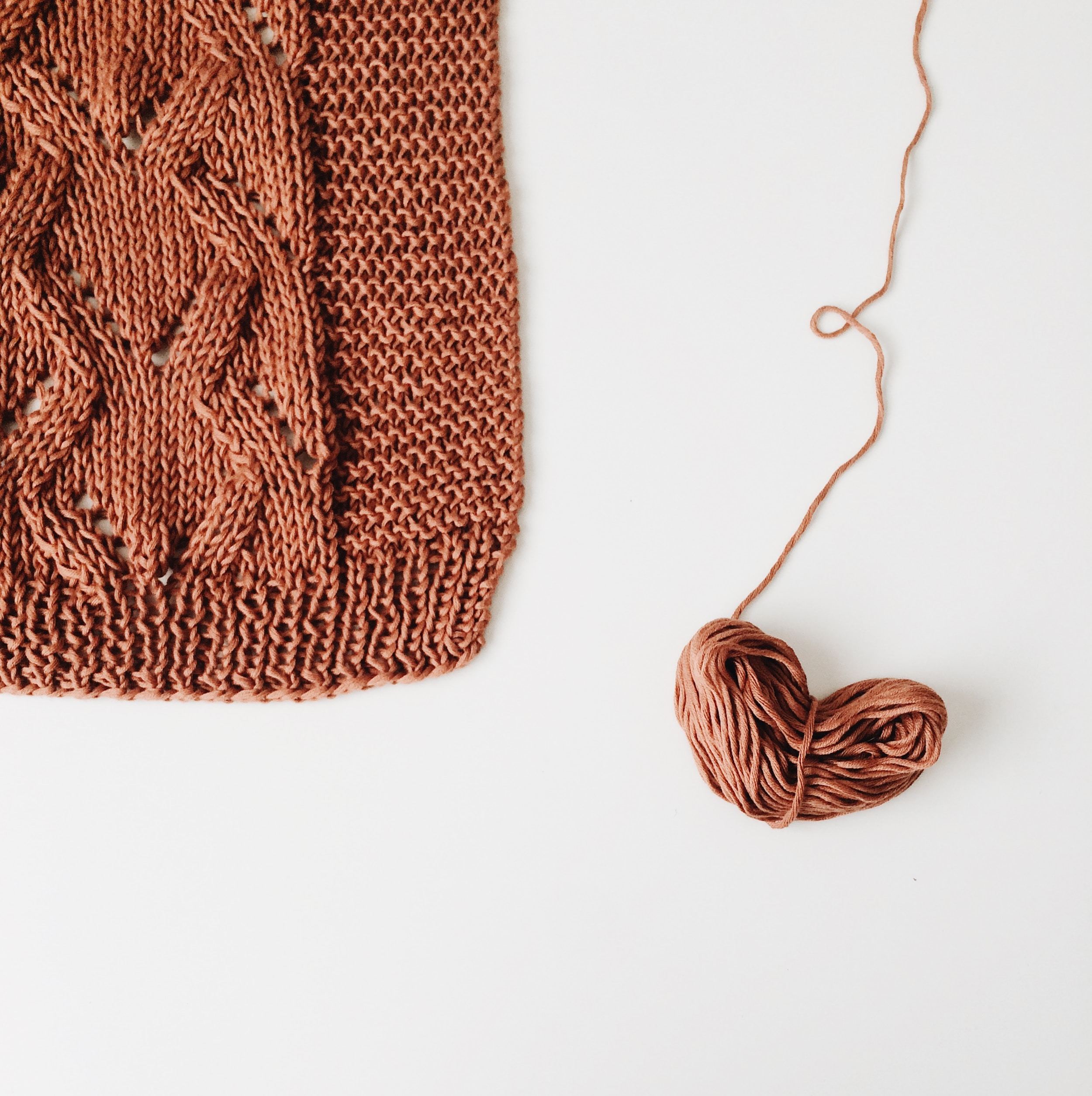Mastering the Art of Knitting: Beginner to Advanced Techniques
Knitting is a timeless craft that allows individuals to create beautiful and functional pieces of clothing and accessories with just a pair of needles and some yarn. Whether you're a complete novice or an experienced knitter looking to advance your skills, this comprehensive guide will take you on a journey through the world of knitting. We'll start with the basics and gradually delve into more advanced techniques, equipping you with the knowledge and skills needed to master this age-old art form.

The Beauty of Knitting
Knitting is more than just a practical skill; it's an art form that combines creativity and craftsmanship. Here are a few reasons why people are drawn to knitting:
- Creativity: Knitting allows you to create one-of-a-kind, handmade items. You have complete control over the colors, patterns, and textures of your projects.
- Stress Relief: The rhythmic and repetitive nature of knitting can be soothing and meditative, reducing stress and anxiety.
- Practicality: Knitted items, such as scarves, sweaters, and blankets, are not only beautiful but also functional and warm.
- Social Connection: Knitting is a craft that can be enjoyed individually or in groups. Many knitters find joy in joining knitting circles or clubs to share their passion with others.
Getting Started: Basic Knitting Techniques
1. Casting On
Casting on is the first step in starting a knitting project. There are various methods, but the long-tail cast-on is one of the most common for beginners.
2. Knit Stitch
The knit stitch is the foundation of knitting. It creates the smooth "V" pattern seen in many knitted items. Mastering the knit stitch is essential before moving on to other techniques.
3. Purl Stitch
The purl stitch creates a bumpy texture on the fabric's right side. It's the second fundamental stitch in knitting and is often used in combination with the knit stitch to create various patterns.
4. Binding Off
Binding off is the process of finishing a knitting project. It creates a secure edge and prevents the stitches from unraveling.
5. Garter Stitch
The garter stitch is made by knitting every row. It results in a fabric with a consistent texture on both sides.
6. Stockinette Stitch
The stockinette stitch alternates between knitting one row and purling the next. It creates a smooth side (the right side) and a bumpy side (the wrong side).
Advancing Your Knitting Skills
Once you've mastered the basics, you can explore more advanced knitting techniques and patterns. Here are some of the key techniques to consider:
1. Increases and Decreases
Learning how to increase and decrease stitches allows you to shape your knitting and create intricate patterns like lace.
2. Colorwork
Colorwork involves using different colors of yarn to create patterns or images within your knitting. Fair Isle and intarsia are two popular colorwork techniques.
3. Cables
Cable knitting involves crossing stitches over each other to create intricate cable patterns. It adds texture and visual interest to your projects.
4. Lace
Lace knitting involves creating decorative holes and patterns within your knitting. It's often used in shawls, doilies, and delicate garments.
5. Circular Knitting
Circular knitting allows you to create seamless garments and accessories like hats, socks, and sweaters using circular needles or double-pointed needles.
6. Brioche Stitch
Brioche knitting creates a reversible, textured fabric with a squishy, ribbed appearance. It's known for its unique look and warmth.
Tips for Successful Knitting
- Practice Patience: Knitting can be challenging, especially when learning new techniques. Be patient with yourself and embrace the learning process.
- Choose the Right Yarn: Different yarns have different properties. Pay attention to the yarn weight, fiber content, and texture when selecting yarn for your projects.
- Use Proper Needles: Match the needle size to your yarn weight. Smaller needles are used for finer yarns, while larger needles are used for thicker yarns.
- Check Gauge: Gauge refers to the number of stitches and rows per inch in your knitting. It's crucial to check your gauge to ensure your project's dimensions match the pattern.
- Read Patterns Carefully: When following a knitting pattern, read all instructions thoroughly before starting. Mark your progress as you go to avoid mistakes.
- Fix Mistakes: Don't be afraid to rip out stitches or use techniques like "tinking" (unknitting) or "frogging" (undoing your work) to correct mistakes.

Sources for Knitting Inspiration and Learning
- Ravelry - A Community for Knitters
- Craftsy - Online Knitting Classes
- Knitty - Free Knitting Patterns and Tutorials
- KnittingHelp - Video Tutorials for Knitting Techniques
- Interweave - Knitting Tips, Techniques, and Patterns
Join the Knitting Community
Knitting is not just a craft; it's a vibrant community of individuals who share their passion for creating beautiful and functional items. Whether you're knitting for relaxation, self-expression, or the joy of giving handmade gifts, there's a world of creativity to explore in the realm of knitting. So, pick up your needles, choose some yarn, and embark on a knitting journey that can last a lifetime.